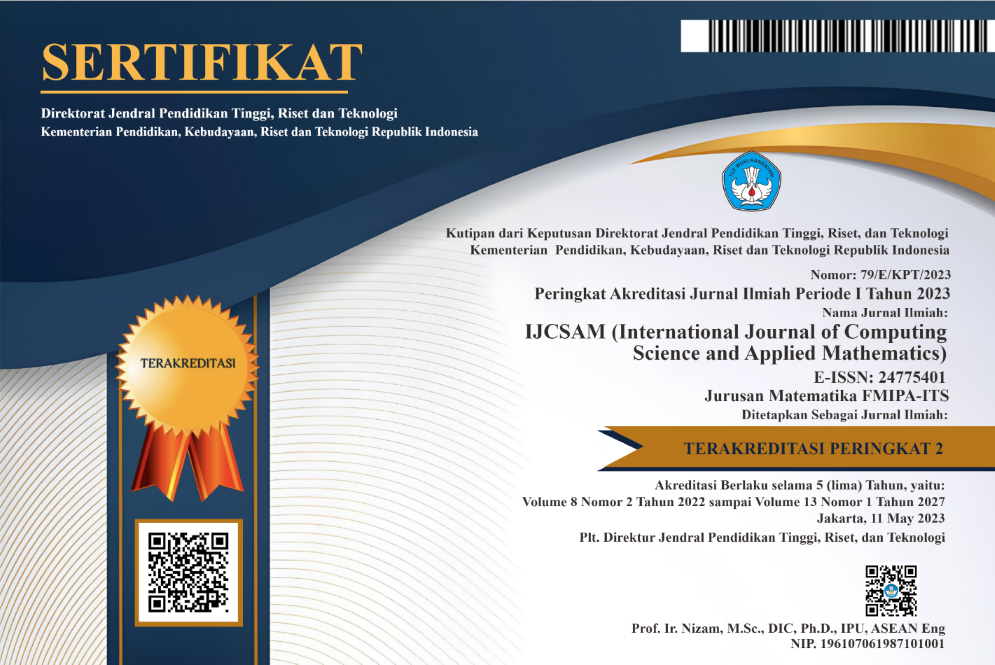Abstract
More than 13 countries in the Americas have reported sporadic Zika virus infection that show very rapid geographic expansion. While in Indonesia, the euphoria is also increasingly prevalent virus discussed especially after the discovery of Jambi positive patients infected with the virus Zika on January 26, 2016 last.Viruses transmitted by mosquito bites to humans are the same mosquito transmits dengue fever, chikungunya and yellow fever with symptoms that have similar resemblance to the zika virus. Based on similarity of symptoms of infection with dengue virus, can be analyzed using sequence alignment to get identical percentage, local alignment calculation, genetic mutation and the spread of the zika virus to Indonesia. From the whole process, Smith Waterman algorithm can be used to align dengue virus type 1, type 2, type 3, and type 4 with zika virus (Jambi). Mutations between dengue virus and zika virus on average 28% of dissimilarity sequences in the same position between the sequence. Overall, the dengue virus type 1 mutation to the zika virus was 28.2723%, the dengue virus type 2 mutation to the zika virus was 28.1984%, the dengue virus type 3 mutation to the zika virus 27.9373% and the mutation of dengue virus type 4 to the zika virus of 28.7206%. By looking at all mutations, from the simulation results note that the mutations of both viruses include mutation type I. The phylogenetic tree showed the spread of the Zika virus to Indonesia, originally from South Africa, the islands of Chile, Caledonia, the Philippines, Yap Micronesia, Thailand, Cambodia, and finally reached Indonesia. Zika virus jambi suspected of dengue virus mutation because a few years earlier there was a dengue virus outbreaks in a long time in Jambi, it turns out the virus zika jambi is not from mutation dengue virus but the virus comes from the Asian region.
Keywords
sequence alignment; smith waterman algorithm; spread of zika virus
References
N. Cristianini and M. Hahn, Introduction to computational genomics: a case studies approach. Cambridge University Press, 2006.
S. Shen, Theory and Mathematical methods in Bioinformatics. Springer Science & Business Media, 2008.
“Genetic mutation,” http://www.nature.com/scitable/topicpage/geneticmutation-1127, accessed: 2016-05-10.
“National center for biotechnology information (ncbi),” http:/www.ncbi.nlm.nih.gov, accessed: 2016-02-19.
by Pusat Publikasi Ilmiah LPPM, Institut Teknologi Sepuluh Nopember is licensed under a
.
.







